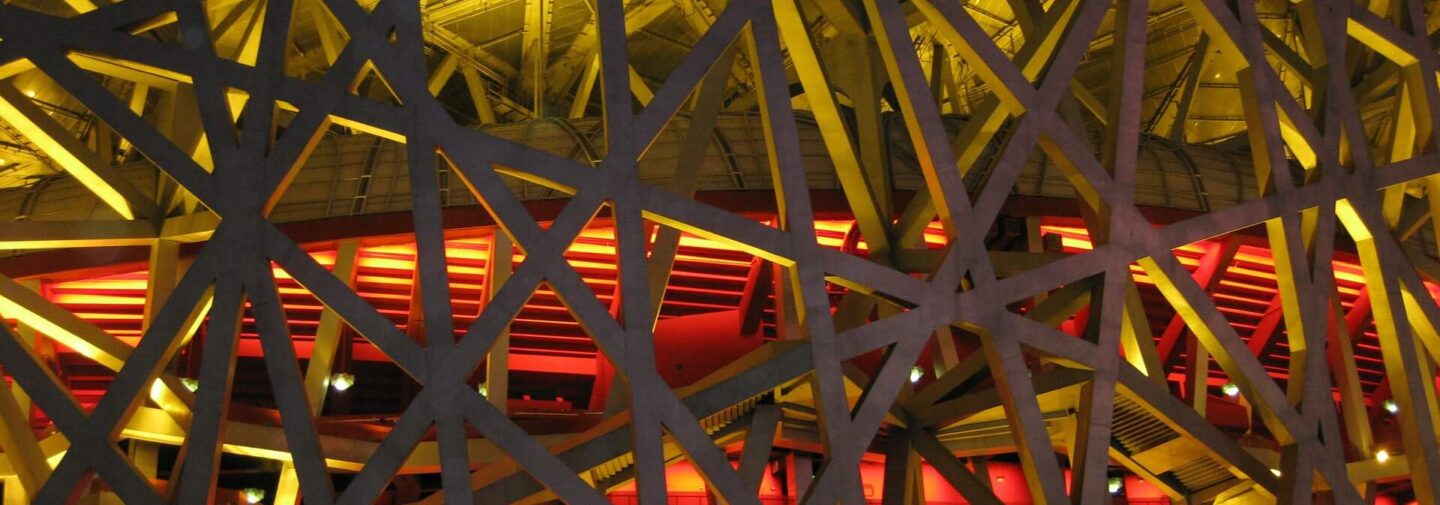Definition of Supply Chain in Construction Management
Every industry incorporates a traceable and manageable “supply chain” hierarchy wherein the linkage between companies converts a sequence of necessary services, products and materials into a finished product. In principle, construction contractors, material suppliers, service crews and other involved parties collaborate in a mutually beneficial program designed to secure a conclusive build asset. Supply chain management merely provides structure to the formality of the arrangement.
According to reports from Constructing Excellence, a group established to help collaborate the standard for the national infrastructure and build environment, products and services account for roughly 80% of construction project costs (Constructing Excellence, “Supply Chain Management“). Effective management concerning the actual when-and-how procurement of these resources can greatly affect the success, quality, functionality and profitability of any construction project.
Supply Chain Management in a Project Based Environment
Every player in the construction industry acts as a component of the supply chain. Yet the project-based nature within the construction industry forces procurement to operate somewhat differently than other industry-types. More often than not, the designer, surveyor, materials supplier, subs, and even the main contractor and the client function as supply chain members across multiple concurrent projects and operations.
Furthermore: At times the members of the supply chain are new one to another. Neither has worked before with the other. The dynamics of becoming as one even while attempting to adjust to the unique prototype of a new build can be a bit overwhelming.
And to make it all the more complex, the supply chain objectives of each project vary in both degree and scope. Yet each member must have a complete and comprehensive understanding of specific roles at specific times and places. This means that supply chain managers must comprehend and juggle multiple components of the chain, including grasping and organizing the following points of focus:
- Product and service breakdown, delivery and tractability
- Core construction logistics
- Interactions between people, assets and activities
- Organizational and client goals and expectations
- AND the relationship between raw resources, information, processes and the required merging that will create the finished build.
Benefits of Modern Construction Supply Chain Procurement Methods
Under the traditional form of construction procurement, the link between contracts and suppliers have typically concerned specific products and services priced to the lowest bidder. Thus multiple players have often functioned according to separate contracts with the client.
Now we move toward integrated supply chains wherein the members establish long-term relationships and group objectives. The benefits of a modern supply chain procurement process include:
- Higher overall profitability through lower real costs
- Reduced margins for equipment maintenance
- AN increase in repeat pairing with progressive clients
- Better long-term project planning and coordination
- Better responsiveness from delivery facilities
- Fewer material defects
- Improved client satisfaction
- AND the ability to establish great industry presence and reputation.
Implementing A Construction-based Supply Chain
Developing a successful and effective supply chain is not easy. Start slow and with manageable objectives. Define the client value. Work with unique and qualified first tier connections. Make sure to involve the project design teams. Focus on managed costs. Mobilize the chain.
Need more information? Check out the Assignar supplier management tool kit.





